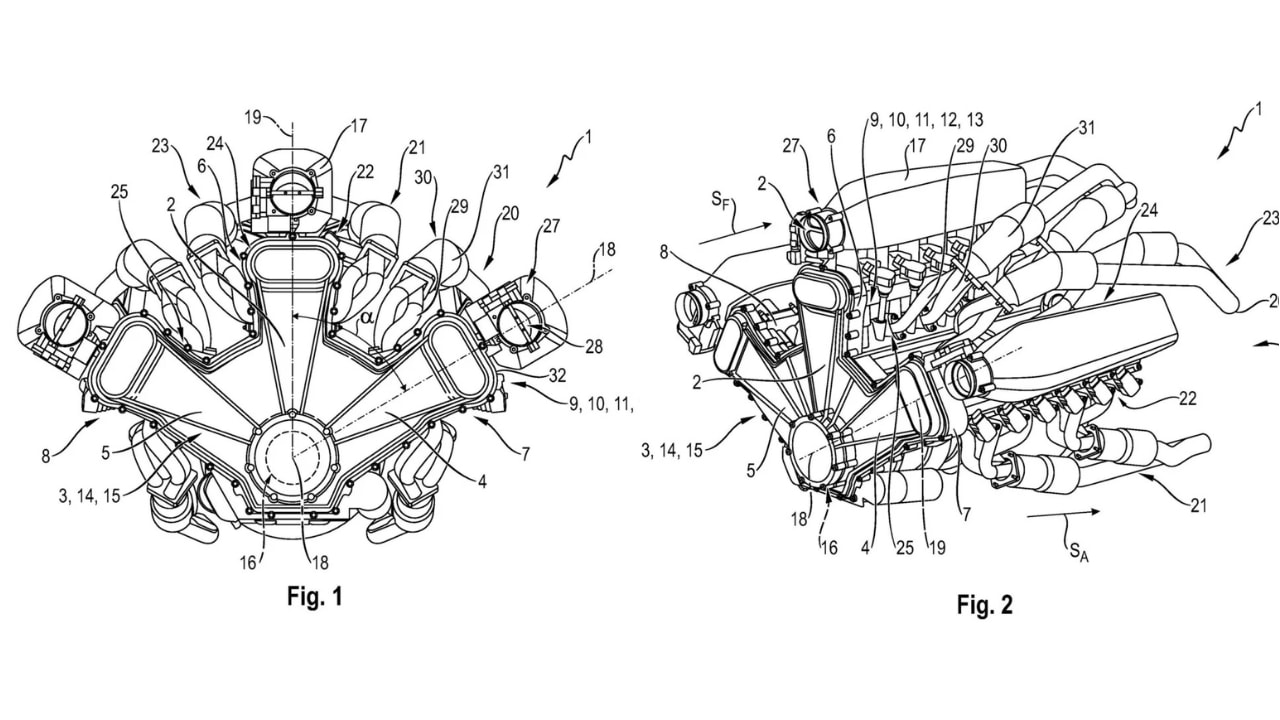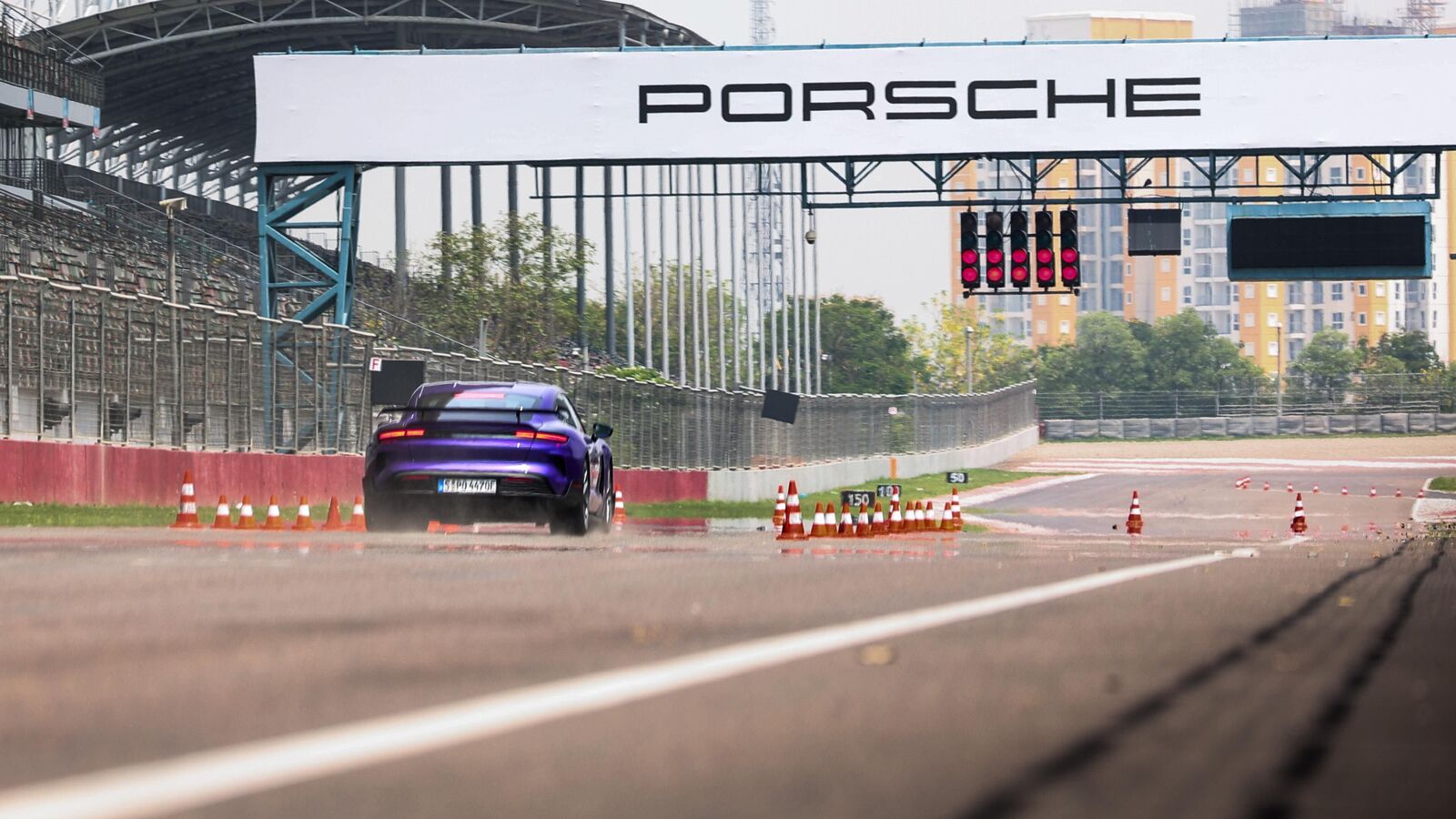Instead of the traditional twin-V arrangement familiar from Bentley motors, Porsche's blueprint shows three separate cylinder banks coming together in a clearly defined W structure.
View personalized offers
The auto world loves a farewell moment. Bentley made sure of this when it launched the final W12-powered Mulliner Battour, signing an engine that became a symbol of extravagance and craftsmanship. Most assumed this was the end of Volkswagen Group's W-engine story, a respectable curtain call before electrification began. Turns out, no one in Stuttgart was quite ready to close the book.


Porsche's recent patent filing, which is now publicly available, shows that the brand is experimenting with a fresh take on the W12 layout. Not a nostalgic revival, but a technological reimagining. The documents don't look like a tribute; They read like an engineering challenge.
Also Read: Porsche 718 Boxster, Cayman to return as hybrid and electric sports cars: Report
Instead of the traditional twin-V arrangement familiar from Bentley motors, Porsche's blueprint shows three separate cylinder banks coming together in a clearly defined W structure. The layout is compact, layered, and clearly designed with thermal efficiency and packaging in mind, things you don't pay attention to unless you're building a high-output engine for a very specific purpose.
Not your grandfather's W12
The most striking thing is how the intake system is described. Porsche places an air plenum just above the cylinder head, providing a direct path for air flow, an almost vertical drop straight into the combustion chambers. In terms of performance engineering, this means less heat absorption, shorter travel distances for the intake air and a cleaner separation from the exhaust channels.

And this is where it gets interesting, the housing potentially leaves room for three turbos or a supercharger. This is not an evolution of the old Bentley twin-turbo setup; It's a different mindset altogether. This shows that Porsche isn't just tinkering with packaging, it's also pursuing responsiveness, boost control, and airflow precision.
A hint, not a product yet
However, this is not confirmation of production. At a time when most brands are busy calculating battery density and charge curves, Porsche is quietly investing engineering hours into a multi-bank internal combustion layout.
Also Read: Porsche Cayenne Electric makes a splash on screen: Interior revealed ahead of launch
There is another layer here, the filing mentions that the architecture can go beyond 12 cylinders. This opens the door to speculation. Bugatti successor powertrain? Track-focused hypercar platform? Or simply protecting innovation before regulations close the door on new combustion formats?
However, the emotional side of it is hard to ignore. As the pace of electrification increases, engines like the W12 are becoming artifacts of a different design philosophy, engines built not just for transportation, but for presence. Porsche's new W configuration won't just be a technical detail. It will be cultural.
Get information about upcoming cars in India, electric vehicles, upcoming bikes in India and cutting-edge technology that is changing the automotive landscape.
First publication date: 18 October 2025, 11:57 am IST

